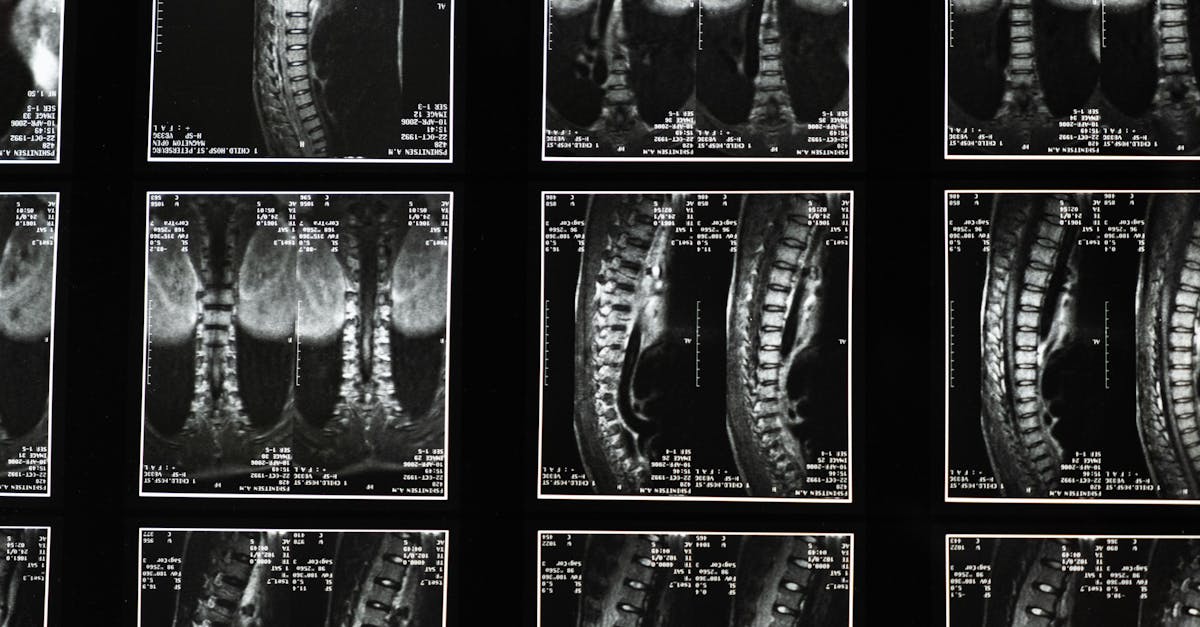
Introduction
Facet joint syndrome is a common cause of back and neck pain, affecting many adults who seek safe and effective ways to manage their symptoms. This condition involves inflammation or degeneration of the small joints that connect the vertebrae in your spine.
In this article, we will explore the causes, symptoms, and practical self-care strategies, including activity modifications, gentle exercises, and posture tips. We also cover when professional evaluation is necessary to ensure your safety and optimal spinal health.
Causes & Anatomy of Facet Joint Syndrome
The facet joints are small, paired joints located on the back of each vertebra, helping your spine move smoothly while providing stability. Facet joint syndrome occurs when these joints become inflamed, irritated, or degenerate due to factors such as injury, aging, or repetitive stress.
Common causes include wear and tear from arthritis, trauma, or conditions like spinal canal stenosis that can increase pressure on spinal structures. This syndrome can contribute to pain that mimics other conditions such as lumbar sciatica or problems arising from myofascial trigger points.
Symptoms & Risk Factors
Symptoms typically include localized stiffness, aching pain in the lower back or neck, and sometimes referred pain to the buttocks or thighs. Increased upper trapezius tension and muscle tightness around the affected area are common.
Risk factors include:
- Age-related joint degeneration
- Previous spinal injuries
- Poor posture or ergonomics
- Repetitive spinal movements or heavy lifting
At-Home Relief Strategies
Many adults can find relief by adopting practical self-care methods before seeing a clinician. These include:
- Activity modification: Avoid heavy lifting or twisting motions that exacerbate pain.
- Heat and ice therapy: Use heat packs to soothe stiff joints and ice packs to reduce inflammation.
- Gentle mobility: Engage in yoga and gentle stretching routines designed for spinal health.
Evidence-Informed Exercises
To promote healing and maintain mobility, consider these safe exercises:
- Chin tucks: Strengthen neck muscles and improve posture.
- Thoracic extensions: Enhance upper back mobility and reduce stiffness.
- McKenzie-style exercises: Promote spinal extension to alleviate pain.
- Core stabilization: Strengthen muscles supporting the spine to reduce stress on facet joints. For guidance, see our core stabilization training safe self care tips.
Posture & Ergonomics
Maintaining proper posture can reduce strain on facet joints:
- Optimize your desk setup to support a neutral spine.
- Use ergonomic chairs and monitor heights.
- Practice safe lifting mechanics by bending at the hips and knees, not the back.
Professional Treatments
If symptoms persist or worsen, seeking professional care is important. Treatments may include physical therapy, chiropractic adjustments, or minimally invasive spine procedures tailored to your diagnosis.
Imaging studies are sometimes recommended to rule out conditions like foraminal stenosis or herniated discs, especially when nerve involvement or lumbar sciatica symptoms are present.
Lifestyle & Prevention
Incorporate lifestyle changes to support spine health:
- Choose a supportive sleep surface tailored to your needs (mattress firmness and neck pain).
- Engage in regular low-impact walking programs to maintain mobility.
- Manage stress effectively through evidence-based approaches to reduce muscle tension, including addressing chronic neck tension.
When to Seek Medical Care
While many find relief at home, certain symptoms require prompt evaluation:
- Sudden numbness or weakness in legs or arms
- Loss of bladder or bowel control
- Severe trauma to the spine
- Persistent, worsening pain despite self-care
- Fever or signs of infection
Do not delay contacting a healthcare professional if you experience these red flags.
Conclusion
Facet joint syndrome can be effectively managed with practical, expert-guided self-care strategies including gentle exercises, posture improvements, and lifestyle modifications. When necessary, professional interventions including minimally invasive procedures are available to support recovery.
Explore more detailed guides and resources on Back & Neck Pain Relief to empower your journey toward pain relief and spinal health.
Disclaimer: This article is for informational purposes only and does not replace professional medical advice.
FAQ
What causes facet joint syndrome?
Facet joint syndrome is mainly caused by inflammation or degeneration of the small joints in the spine due to aging, repetitive stress, or injury.
Can I treat facet joint syndrome at home?
Yes, gentle stretching, activity modifications, heat/ice therapy, and posture improvements can help manage symptoms safely at home.
When should I see a doctor for facet joint pain?
If you experience sudden numbness, weakness, loss of bladder or bowel control, or severe persistent pain, seek immediate medical evaluation.
Are minimally invasive spine procedures effective for facet joint syndrome?
Minimally invasive procedures can be considered when conservative treatments fail, often providing pain relief with less recovery time.
How does posture affect facet joint syndrome?
Poor posture increases pressure on facet joints, contributing to pain. Correct ergonomic setups and safe movement techniques help reduce symptoms.